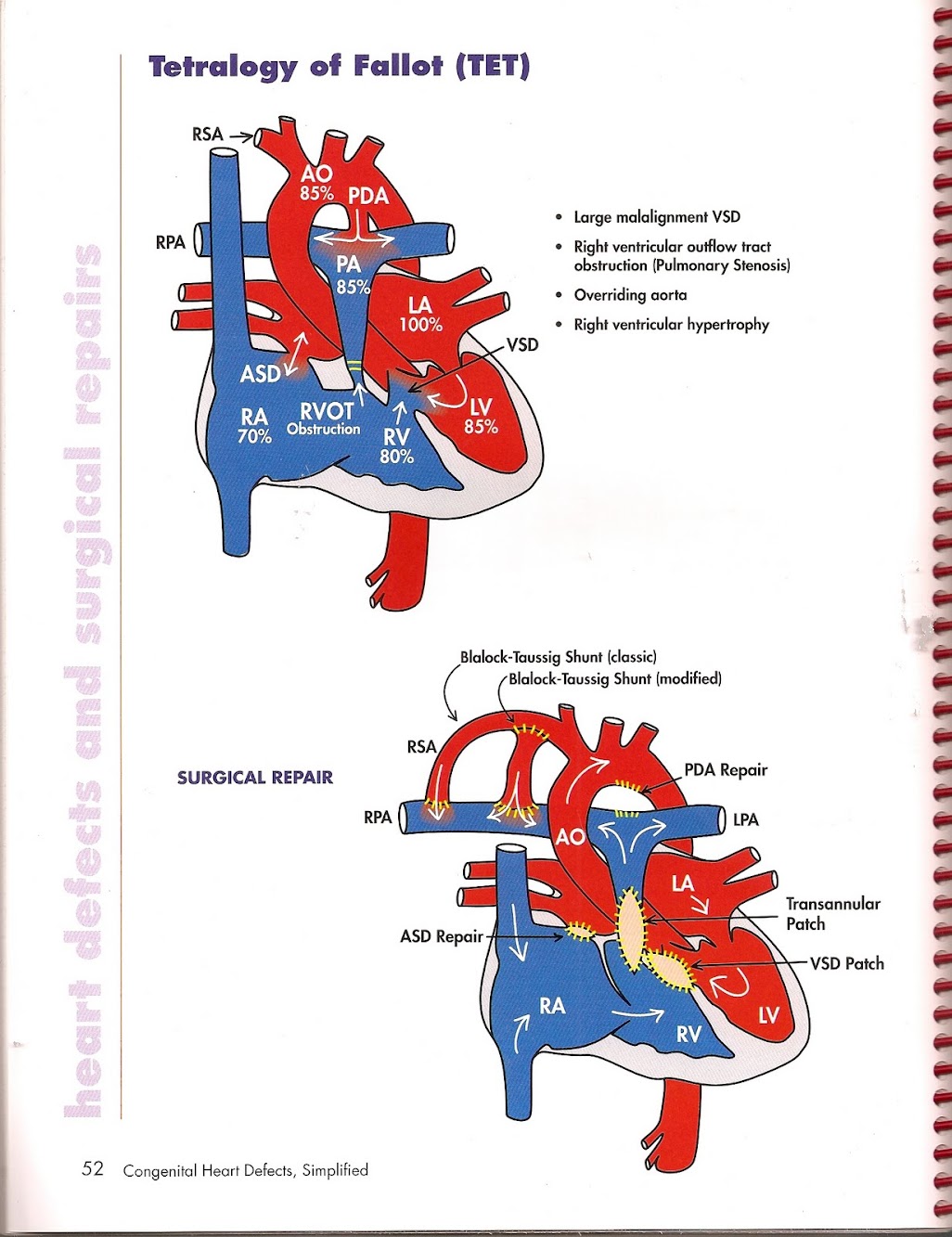
For as long as I've known him, echocardiography technologist, Ken Heiden, has had a deep fascination with congenital heart disease. Ken has just written a wonderful book on congenital heart disease called Heart Defects Simplified.
While this is a bit off-topic for the Heart Scan Blog, I know that there is a serious lack of helpful information for people with congenital heart disease and parents of children with congenital heart defects. So I asked Ken to tell us something about his book.
WD: I've reviewed your book and have been thoroughly impressed with the clarity and detail with which you handle a complicated topic. You somehow manage to make it easy to grasp, far more than any other resource I've used in past. Do you feel that your book serves a previously unmet need?
KH: This book serves an unmet need in that it presents the complex subject of congenital heart defects in a simplified manner. Most books on this subject are anywhere from 300-1700 pages in length and tend to be written for doctors. Further, most of these books have very few diagrams, and they rely upon their explanations to describe these defects.
Heart Defects Simplified is 104 pages in length, describes the most common defects, including surgical repairs, in a two-page format with full-color diagrams on the left and complete descriptions on the right of each chapter. The book is particularly written for sonographers, nurses and parents, but it is valuable for anyone interested in this subject. It is particularly useful in clinical situations because it is convenient to lay out at your side with a coil-bound format and durable pages. Further, there are appendixes which include "Surgical Procedures in Alphabetical Order," "Prevalence of Congenital Heart Disease," "Scanning Protocols for Echocardiographers," "Imaging Tips," a glossary and a worksheet for echocardiographers.
WD: I know that many people with loved ones who have congenital heart defects, particularly parents of children with such conditions, are often kept in the dark about the details of the condition. Is your book suitable for the non-technical reader, such as parents?
KH: This book is an excellent resource for parents. It is written in language that is understandable by parents as well as technologists and nurses. The full-color diagrams provide invaluable insight into this very complex world. Most importantly, this book attempts to make the subject of congenital heart defects accessible to anyone who wishes to comprehend this subject.
WD: I understand that people with congenital heart defects and parents are active participants in online discussion groups. Will your book serve as a resource for people who participate in these groups?
KH: This book is not only a resource for sonographers and parents, but the book is accompanied by a blog (HeartDefectsforEveryone.blogspot.com) that attempts to address many of the concerns commonly encountered with congenital heart defects. This blog is a work in progress, but I hope to provide a forum for parents, healthcare personnel, and others to share their questions and concerns about congenital heart disease.